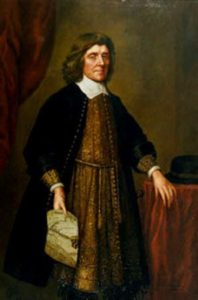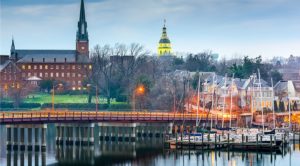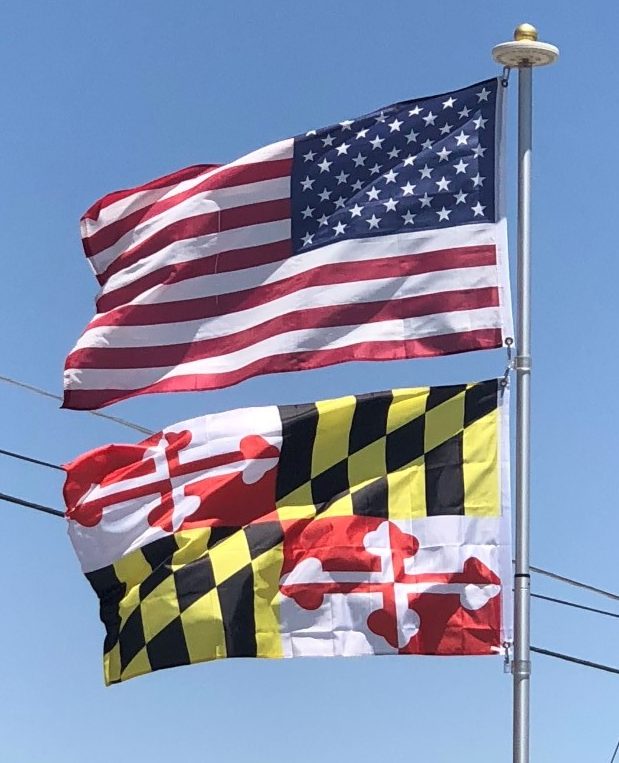
Officially, the new “Maryland Colony” was named in honor of Henrietta Maria of France, wife of Charles I of England. George Calvert initially proposed the name “Crescentia,” the land of growth or increase, but the King proposed Terra Mariae [Mary Land], which was concluded on and Inserted in the bill.
Lord Baltimore’s first settlers arrived in the new colony in March 1634, with his younger brother Leonard Calvert (1606–1647), as first provincial Governor of Maryland. They made their first permanent settlement at St. Mary’s City in what is now St. Mary’s County. They purchased the site from the paramount chief of the region, who was eager to establish trade. St. Mary’s became the first capital of Maryland, and remained so for 60 years until 1695. More settlers soon followed. Their tobacco crops were successful and quickly made the new colony profitable. However, given the incidence of malaria, yellow fever and typhoid, life expectancy in Maryland was about 10 years less than in New England.
Maryland was founded for the purpose of providing religious toleration of England’s Roman Catholic minority. Although Maryland was the most heavily Catholic of the England mainland colonies, this religious group was still in the minority, consisting of less than 10% of the total population. Unlike the Pilgrims and Puritans, who began enforcing conformity with their beliefs as soon as they settled in America, Calvert envisioned a colony where people of different religious sects would coexist under the principle of toleration.
In 1642 a number of Puritans left Virginia for Maryland and founded Providence (now called Annapolis) on the western shore of the upper Chesapeake Bay. This would lead to armed conflict by 1644, a situation that would not resolve until 1646. Puritans revolted again in 1650 and took over the legislature, swiftly establishing laws the prohibited all worship other than their own. Puritan rule lasted until 1658.

After the English Civil War, Maryland outlawed Catholicism and severely restricted the rights of Catholic peoples. This state of affairs lasted until after the American Revolutionary War.
Most of the English colonists arrived in Maryland as indentured servants, and had to serve a several years’ term as laborers to pay for their passage. In the early years, the line between indentured servants and African slaves or laborers was fluid. As the flow of indentured laborers to the colony decreased with improving economic conditions in England, planters in Maryland imported thousands more slaves and racial caste lines hardened. The economy’s growth and prosperity was based on slave labor, devoted first to the production of tobacco as the commodity crop.
In December 1790, Maryland donated land selected by first President George Washington to the federal government for the creation of the new national capital of Washington, D.C. The land was provided along the north shore of the Potomac River from Montgomery and Prince George’s counties, as well as from Fairfax County and Alexandria on the south shore of the Potomac in Virginia; however, the land donated by the Commonwealth of Virginia was later returned to that state by the District of Columbia retrocession in 1846.
